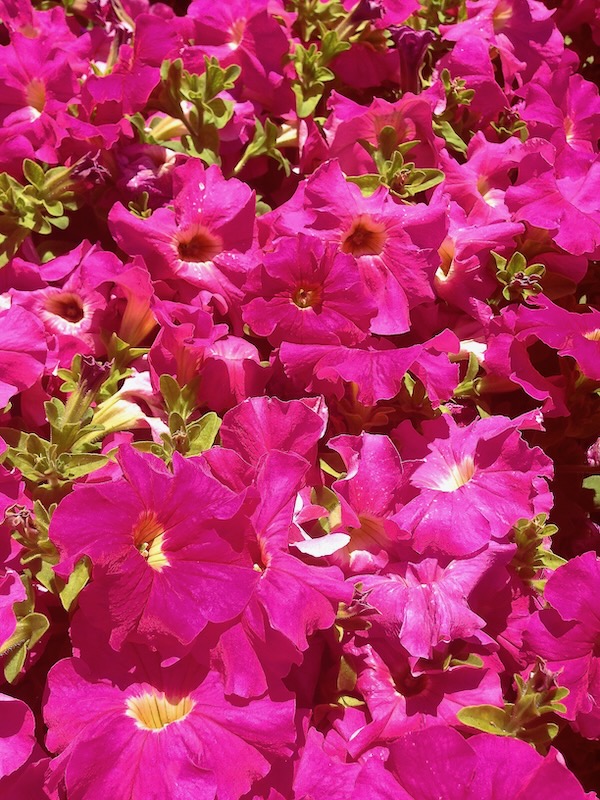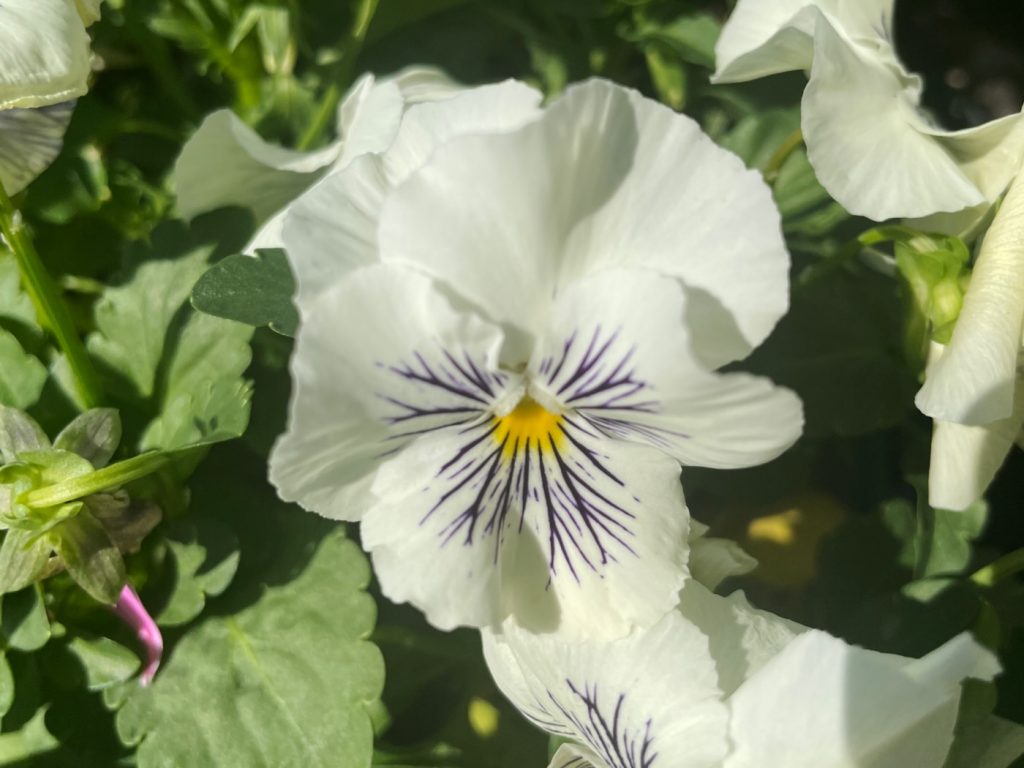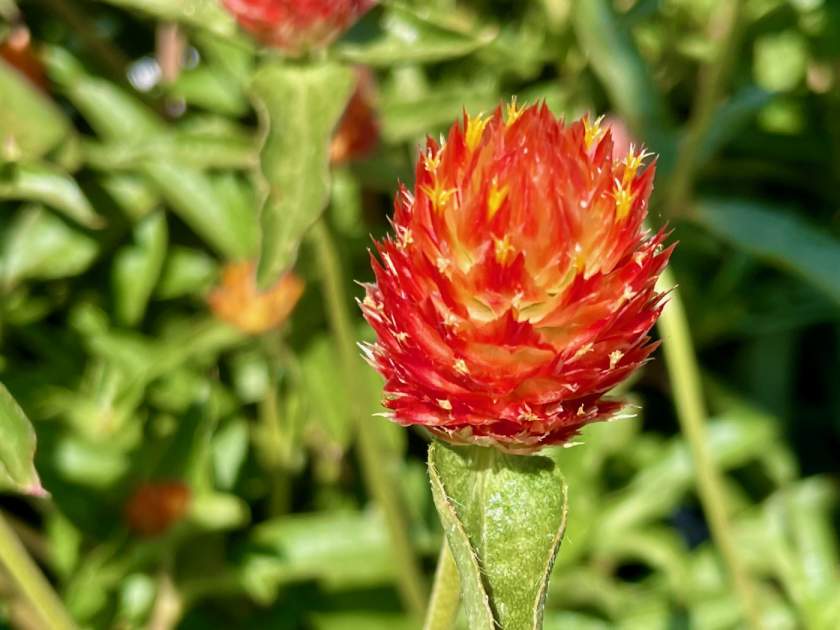Petunia: Bursting with Color and Charm
Petunias, with their vibrant blooms and diverse range of colors, add a splash of beauty to gardens and landscapes. Belonging to the Solanaceae family, Petunia is a genus comprising 20 species of plants. Its origin can be traced back to South America. The name “Petunia” derives from the French word “Petun,” meaning tobacco, reflecting its historical association with the tobacco plant. While some wild species exist, the majority of Petunias cultivated in gardens today are hybrids, bred for their captivating beauty.
Discovering the Splendor: Characteristics and Fragrant Blooms
Petunias are annual plants, completing their lifecycle within a single growing season. They thrive in sun-drenched environments, requiring a minimum of five hours of sunlight each day. When provided with abundant light, these radiant flowers display their full potential.
Within the Petunia genus, there are four distinct categories that offer a diverse range of features and growth habits:
1. Grandiflora: Known for their large, showy flowers, Grandiflora Petunias make a bold statement in any garden. Their blooms captivate with their impressive size and vibrant colors.
2. Multiflora: Multiflora Petunias are characterized by their smaller flowers, which are produced in abundance. Despite their diminutive size, they compensate with profuse flowering, creating a delightful display of color.
3. Milliflora: Milliflora Petunias showcase miniature flowers, charming in their delicate size. These petite blooms contribute an enchanting touch to borders, containers, and hanging baskets.
4. Spreading: As the name suggests, Spreading Petunias are vigorous growers that quickly spread and fill spaces with their lush foliage and abundant flowers. They are an excellent choice for providing ground cover or cascading over edges.
Petunias are revered not only for their visual appeal but also for their occasional fragrance. While not all varieties possess a distinct aroma, some Petunias emit a pleasant scent, adding an extra sensory delight to their blossoms.
How to grow Petunia:
Petunias showcase their brilliance during the summer months, blooming from July to September. To ensure their optimal growth and development, it is essential to provide them with the appropriate care.
Sunlight: Petunias thrive when exposed to full sun, reveling in bright and warm conditions. A minimum of five hours of direct sunlight each day is recommended for their robust growth and abundant flowering.
Watering: Petunias prefer soil that is moist but well-drained. Regular watering is crucial to sustain their moisture needs, especially during dry spells. However, it is important to strike a balance and avoid overwatering, which can lead to root rot. Consistent moisture levels contribute to healthier plants and prolonged blooming.
Soil: Rich, fertile soil is ideal for Petunias. They thrive in well-draining soil that retains moisture without becoming waterlogged. Amending the soil with organic matter, such as compost or well-rotted manure, helps improve its nutrient content and water-holding capacity.
Pests and Diseases: While Petunias are generally resilient, they may encounter certain pests and diseases, such as tobacco budworm. Regular inspection of plants and implementing appropriate pest control measures, including natural and organic remedies, can help maintain their health and vitality.
Propagation and Enjoying the Beauty
Propagating Petunias can be accomplished through various methods. From sowing seeds to taking stem cuttings, garden enthusiasts can expand their collection and share the joy of Petunias with others. Sowing seeds directly in the desired location or starting them indoors provides the opportunity to cultivate new plants. Additionally, stem cuttings taken from healthy Petunia specimens can be rooted in a suitable growing medium to establish new plants.
Petunias are versatile additions to any garden or landscape. Their remarkable diversity, ranging from grand blossoms to delicate miniatures, offers a wide array of design possibilities. Whether utilized as border plants, container fillers, or hanging basket adornments, Petunias deliver a kaleidoscope of colors, enhancing the visual appeal of any outdoor space.
With their captivating blooms, delightful fragrances, and easy cultivation, Petunias have secured their place as beloved garden favorites. These annual flowers bring a symphony of colors to gardens, blooming from summer to early winter. By providing them with adequate sunlight, moisture, and well-drained soil, while remaining vigilant against pests and diseases, gardeners can nurture flourishing Petunias that brighten their surroundings. So, why not embrace the charm of Petunias and witness the magic they bestow upon your outdoor sanctuary?








